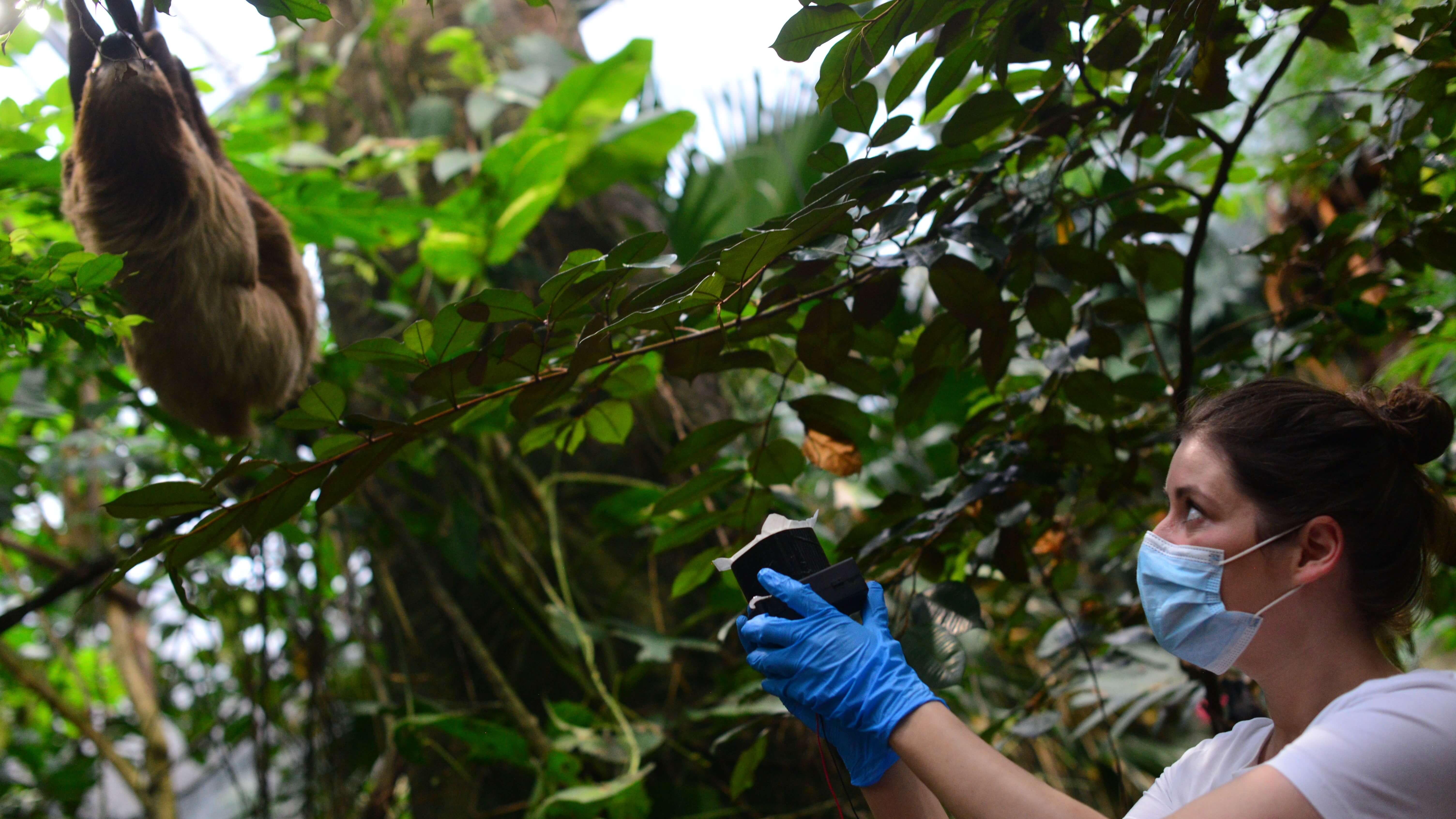"DNA is in the air"
All the Earth’s creatures waft around DNA, and now scientists have found a way to detect these invisible traces of genetic material so they can identify the animals that released them.

PhD-student Casper Vindahl Jensen and Professor Matthew S. Johnson from the Department of Chemistry have been part of a Danish research team trapping DNA from the air, and the work has recently been published in the esteemed journal “Current Biology" and is entitled:
“Airborne environmental DNA for terrestrial vertebrate community monitoring"
All the Earth's creatures waft around DNA, and now scientists have found a way to detect these invisible traces of genetic material so they can identify the animals that released them.
The discovery – made independently by both British and Danish research groups opens up a powerful way to pinpoint the presence of rare wildlife in deserts, rainforests and other hostile environments.
In the “Current Biology" paper, the Danish research team headed by Associate Professor Kristine Bohmann Globe Institute, Faculty and Health and Medical Sciences show that DNA metabarcoding of airborne environmental DNA filtered from air, can be used to detect a wide range of local vertebrate taxa. The team filtered air at three localities in Copenhagen Zoo, detecting mammal, bird, amphibian and reptile species present in the zoo or its immediate surroundings.
“I am so proud to have been a part of this fantastic interdisciplinary project," says Casper Vindahl Jensen. He continues, "It's a great feeling to see your knowledge and skills being put towards solving a real problem like the biodiversity crisis. Having worked with air pollution for around four years, I had no idea that I would one day be collecting and identifying Okapi and Kangaroo DNA from the air in the Copenhagen Zoo. It's one of the most fun projects I've worked on and very happy that Kristine, Christina and Matt included me in the project".
Congratulations to the research team with the visionary research:
Christina Lynggaard, Mads Frost Bertelsen, Casper V. Jensen, Matthew S. Johnson, Tobias Guldberg Frøslev, Morten Tange Olsen and Kristine Bohmann
Read the paper in Current Biology:
